The Ngram tool
Michel et al. (2011) produced the online tool Ngram.
Ngram produces a graph in which the y-axis shows how many times a phrase occurs in a corpus of books (making up about 6% of all books ever printed; Lin et al. 2012) relative to all remaining phrases composed of the same number of words (i.e., relative frequency) during the same time (x-axis).
Michel et al. (2011) and Lin et al. (2012) provide a detailed account on Ngram. There is also an application guide available online.
Ngram has been successfully used in many fields (Michel et al. 2011, Stergiou 2017), e.g.:
- social sciences
- humanities
- linguistics
- literature
- accounting
- computer
- environmental sciences
- ethics
- estimating university reputation rankings.
Fame
We can objectively quantify fame, or reputation (i.e. what is said or reported about a name), from the frequency with which the name of a person or object appears in various sources one of which is books (Michel et al. 2011, Stergiou 2017).
I stress that books are only one source that can be used to assess fame and reputation.
Other sources that can also be used for assessing fame include, among others, newspapers, magazines, media, blogs and social networks (e.g., see here).
Bruce Willis, Arnold Schwarzenegger, Sylvester Stallone
Here I use Ngram to investigate who is more famous: Bruce Willis, Arnold Schwarzenegger, or Sylvester Stallone.
- Photo taken from https://www.fanpop.com/clubs/the-expendables/images/14607545/title/arnold-schwarzenegger-bruce-willis-sylvester-stallone-photo
I do this by comparing the rate of appearance of their names in the corpus of digitized English books published between 1800 and 2010.
As a unit of fame I use (defined in Stergiou 2017):
- the famon (Greek fími, fame, from which the Latin fama, fame, is derived)
- with 1 famon = 1/1 000 000 relative % Ngram frequency.
And more famous is …
Arnold and Sylvester appear in the books in the early 1970s whereas Bruce, who is almost 10 years younger than them, in the early 1980’s.
Up to the late 1980s Sylvester was somewhat more famous than both Bruce and Arnold.
Sylvester’s fame increases up to the 1995 – 2000 period as a result of all his great, classic movies hits that established him as an action hero, e.g.:
- Rocky franchise
- Rambo franchise
- Tango and Cash
- Cliffhanger
- Demolition Man
- The Specialist, etc.
Arnold’s fame starts to increase from the early 1970s, as a result of his unique body building career during the 1970-1980 period. His fame increases almost exponentially till 1995, because of his great movie hits that also established him as an action hero, e.g.:
- Conan the Barbarian
- the Terminator franchise,
- Commando
- Predator
- Red Heat
- Total Recall
- True Lies
- Eraser, etc.
After reaching a plateau in the late 1990s, Arnold’s fame reaches a level, 25 famons, which is about 2.5 times higher than those of Bruce and Sylvester, who enjoy similar fame levels after 2000, about 10 famons. This high fame level of Arnold after 2000 is related to his political career as a Governor of California during 2003-2011.
Bruce’s fame increases from about 1983 almost exponentially till 2000. Since then it remains stable. This is attributed to the great success of the:
- Moonlighting series (which started in 1985)
as well as of the:
- Die Hard franchise movies,
which also established him as an action hero, and the success of his many other great movie hits:
- The Last Boy Scout
- Striking Distance
- Pulp Fiction
- 12 Monkeys
- Mercury Rising
- The Fifth Element
- The Sixth Sense
- Unbreakable, etc.
But how famous Arnold is when compared to other people or entities? For instance, Goldfish, which is the most famous fish, enjoys a fame in recent years of 125 famons, i.e., 5 times more than Arnold.
I will compare the fame of Arnold, Bruce and Sylvester to those of other actors, politicians, authors and scientists in later posts.
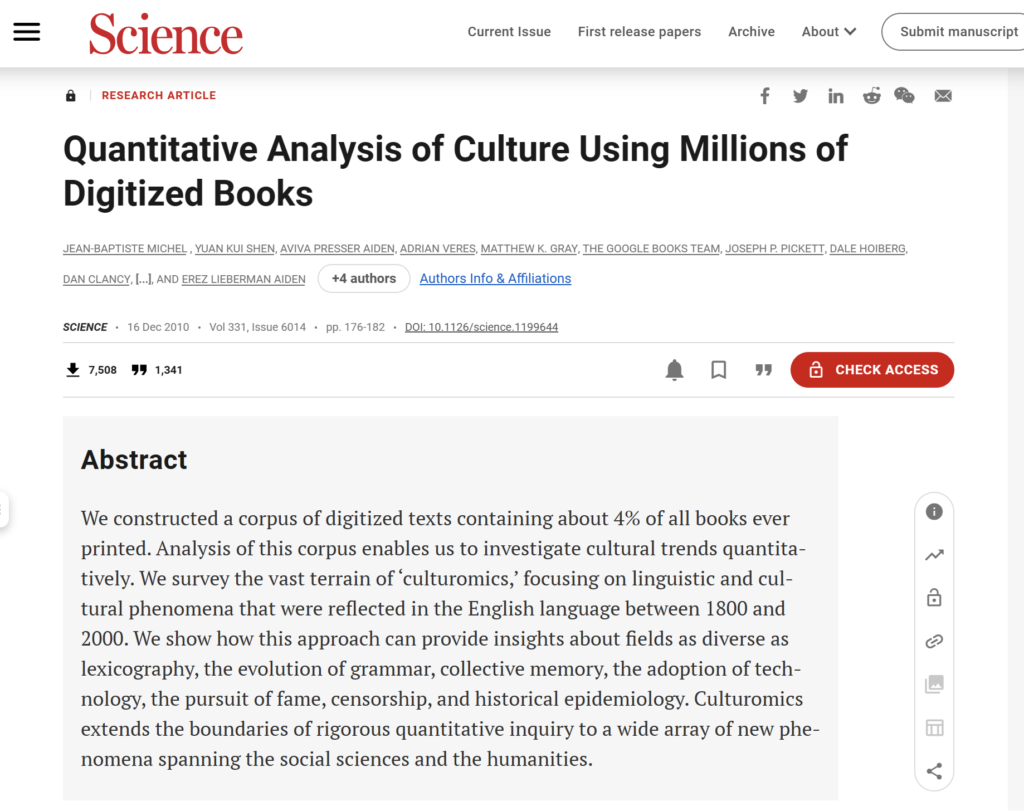
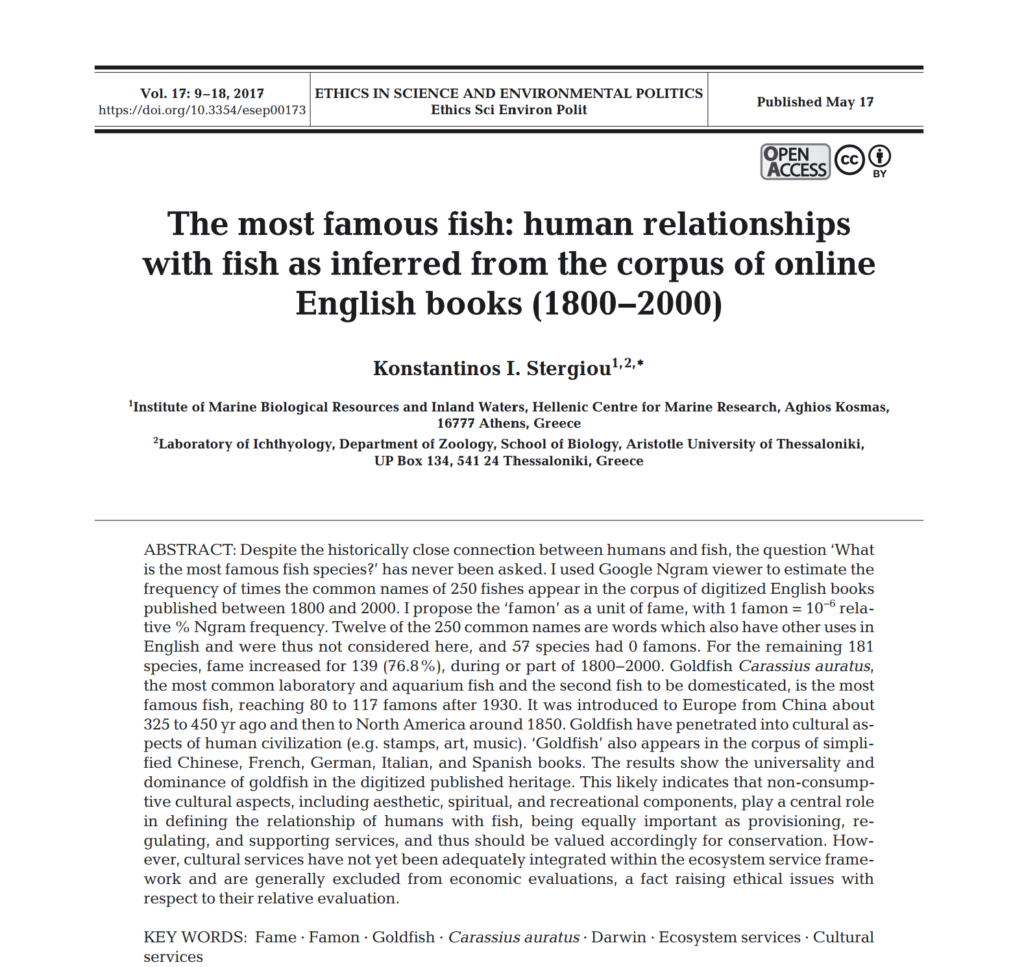
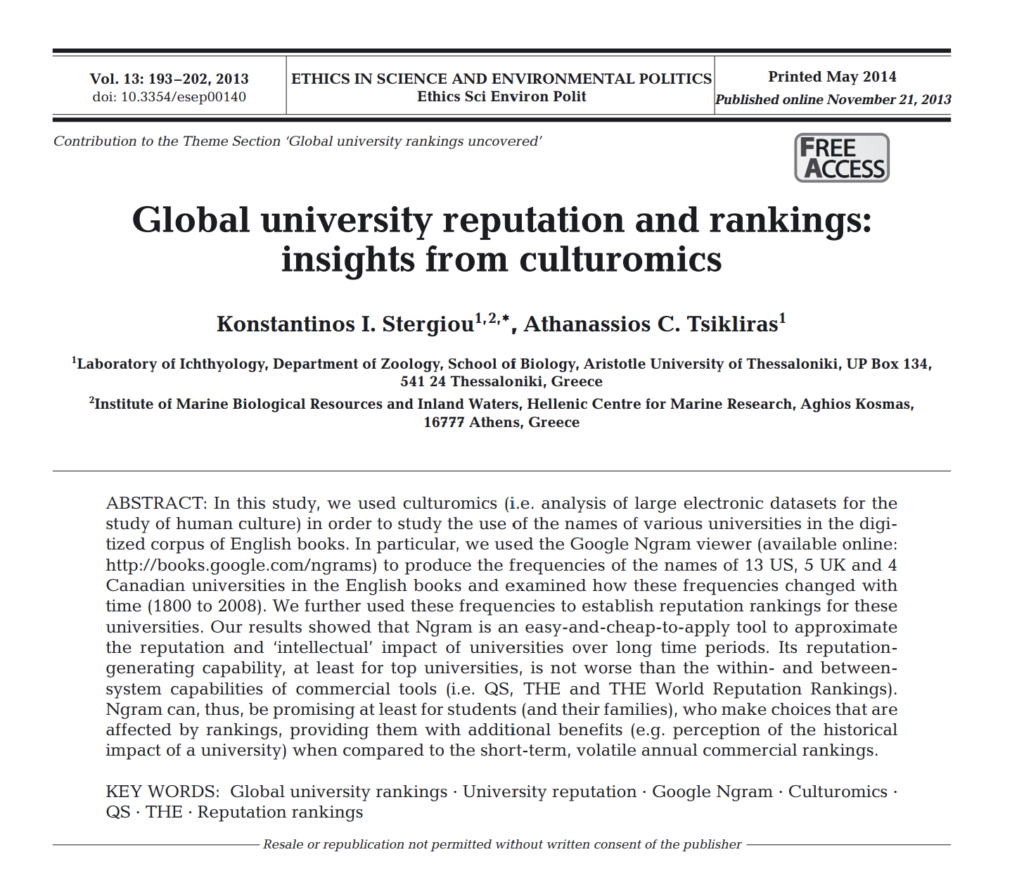

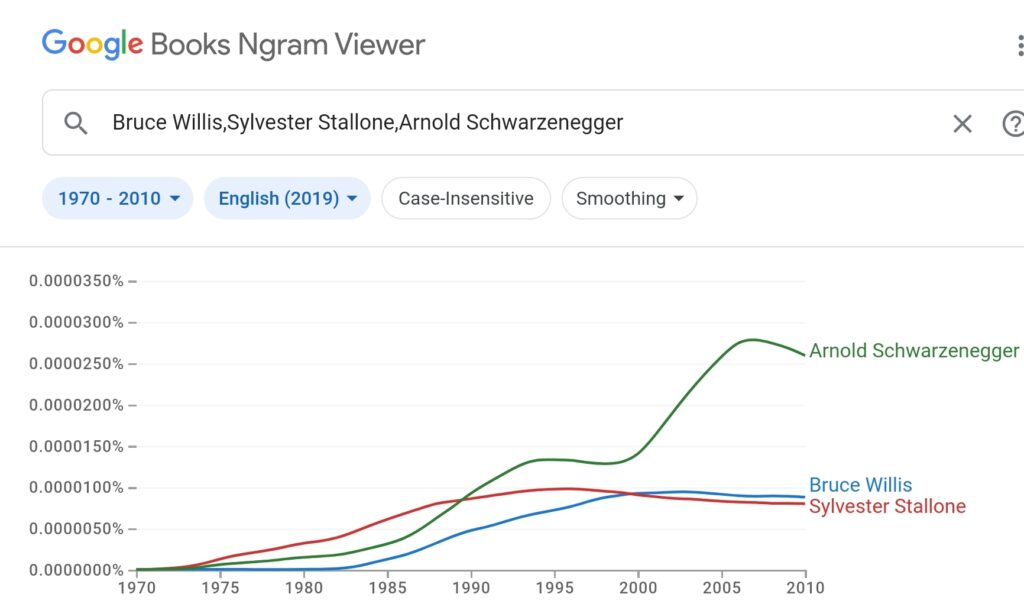


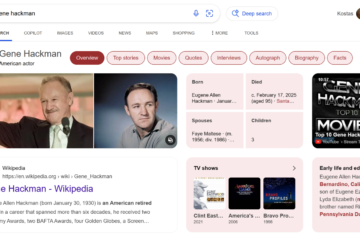
10 Comments
Who is more famous: James Dean, Henry Fonda, Samuel L. Jackson - Smart(er) Home Cinema (SHC) Movies, actors and directors · April 2, 2024 at 10:58 am
[…] previous posts I used the Ngram tool to identify the fame level of several actors and […]
Who is more famous: Sinatra, Allen, Streep and others - Smart(er) Home Cinema (SHC) · June 18, 2024 at 8:33 am
[…] previous posts I used the Ngram tool to identify the fame level of several actors and […]
Who is more famous: what about James Bond? - Smart(er) Home Cinema (SHC) · June 18, 2024 at 10:36 am
[…] previous posts I used the Ngram tool to identify the fame level of several actors and actresses. The unit of fame […]
Who is more famous: Marx Brothers and others - Smart(er) Home Cinema (SHC) · June 29, 2024 at 1:16 pm
[…] them Marx Brothers are the most famous with 14 famons. Buster Keaton follows with 10 famons. Groucho Marx and Keaton have an Academy honorary […]
Who is more famous so far - Smart(er) Home Cinema (SHC) · July 4, 2024 at 7:06 am
[…] far in a series of previous posts that started in January 2024, I have searched Ngram for the names of 54 iconic actors and actresses from the Hollywood era. They […]
Who is more famous - Gilda - Smart(er) Home Cinema (SHC) · July 21, 2024 at 11:11 am
[…] a series of previous posts that started in January 2024, I have searched Ngram for the names of 54 iconic actors and actresses from the Hollywood […]
How famous are the protagonists of the movie The Good, the Bad and the Ugly - Smart(er) Home Cinema (SHC) · July 28, 2024 at 7:12 am
[…] a series of earlier posts, I used Ngram in order to identify the fame of iconic actresses and actors from […]
Who is more famous: Emily Blunt, Tom Cruise and others - Smart(er) Home Cinema (SHC) · August 4, 2024 at 4:21 pm
[…] a series of earlier posts, I explored the fame of iconic actresses and actors from Hollywood. The vast majority of them have […]
Bob Dylan is the most famous star so far - Smart(er) Home Cinema (SHC) · November 10, 2024 at 7:53 am
[…] a series of earlier posts, I explored the fame of iconic actresses and actors from Hollywood. The vast majority of them […]
- Smart(er) Home Cinema (SHC) · November 14, 2024 at 2:19 pm
[…] earlier posts, I explored the fame of various actresses and actors. Most of them have fame levels between 0 and […]